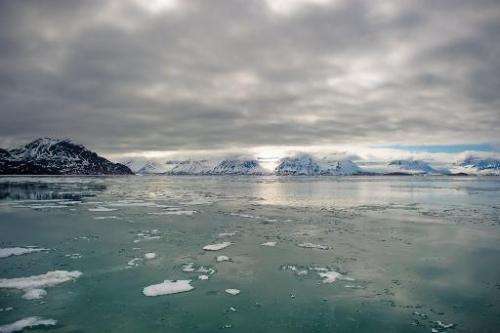Norway plays down conflict risk in the Arctic

Norway's intelligence service played down the risks of conflict in the Arctic Monday, arguing that reports of a scramble for the region's oil and gas were more myth than reality.
"International interest in the region increases as the ice melts and several actors from outside the Arctic want to access the region. This has triggered speculation in recent years over a future rush for resources and heightened risks for conflicts," the Norwegian Intelligence Service (NIS) said in its annual threat assessment.
"The risks for a potential conflict are however limited and it cannot be said that there is a rush or a power struggle for resources going on between states."
Even if the countries with Arctic borders (the US, Russia, Canada, Norway and Denmark with Greenland) have had conflicting territorial claims, the resources are located in areas where sovereignty is not contested, the NIS said.
Furthermore all parties have agreed to abide by international law to solve potential disagreements, Norwegian intelligence added.
According to the United Nations Convention on the Law of the Sea coastal states can extend their economic areas from 200 to 350 nautical miles from their coast under certain conditions.
When Russia planted a flag on the Arctic sea bed directly under the North Pole in 2007, Canada raised its voice to highlight that both countries claim sovereignty of the area.
But Moscow and Ottawa have continued to play by international rules according to the NIS as both countries have presented their territorial claims to a specialised commission at the United Nations.
"Important overlappings (over claims) and different legal interpretations can lead to tensions between states in the North, but also to real negotiations and important clarifications among the concerned countries," NIS wrote.
In 2010, Norway and Russia put an end to a 40-year-long dispute, signing an agreement on the border delimitation for an area of 175,000 square kilometres (109,000 square miles) in the Barents Sea.
According to a study by the US Geological Survey from 2008, the Arctic could hold 13 percent of the oil and 30 percent of the natural gas still to be discovered in the planet.
The melting of the ice caps also offers shorter shipping routes between the Pacific and the Atlantic oceans, which have attracted the interest of countries far removed from the Arctic region, including China.
© 2014 AFP



















